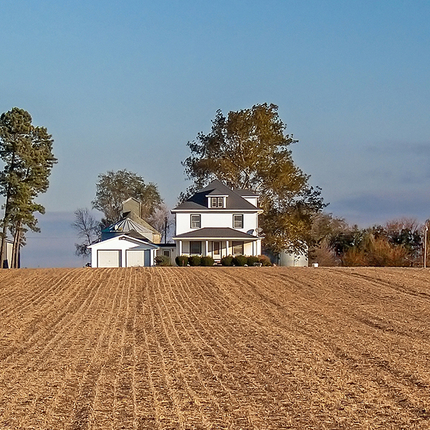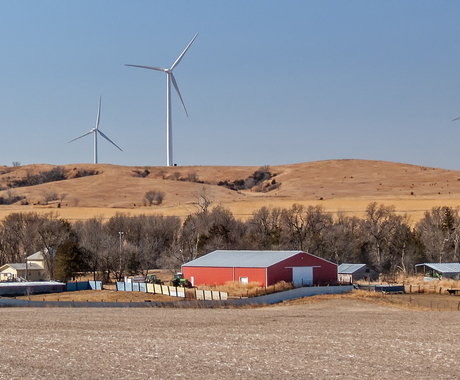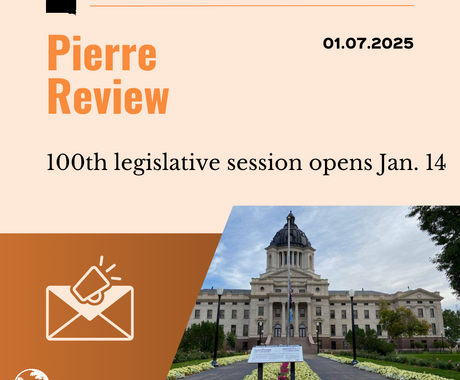By Stephanie Enloe, former staff member
Of the many lessons learned from the 2016 presidential election, this one cannot be ignored: Americans across the political spectrum are demanding an economic system that better distributes wealth and opportunity. With that demand ringing loud and clear, the next question becomes, “But how?” Local investment in and ownership of renewable energy is a partial answer to that question, especially for rural communities.
Consider these points:
- Renewable energy creates more jobs than fossil fuel energy. For every $1 million in economic output, coal creates just 1.9 jobs, whereas energy efficiency creates 7 jobs, wind creates 4.6 jobs, and solar creates 5.4 jobs for every $1 million in output.
- Energy efficiency, solar, wind and geothermal are all cost-competitive with coal and natural gas. By 2015, the costs of solar energy had declined to 5 cents per kWH and the cost of wind was 2.35 cents per kWh - rate that are on par with or lower than the cost of coal energy.
- More renewable energy dollars stay local, especially in states like Iowa, where landowners receive $10 million per year in wind farm land lease payments.
Bloomfield, in southeast Iowa, is a prime example of how rural communities can leverage local renewable energy and energy efficiency to drive economic development, serve the community, and move toward a truly energy independent future. I recently had the privilege of traveling to Bloomfield, where I met with interested community members as well as leaders from the City of Bloomfield, the City Council, the local Community Action Agency, USDA economic development office, Indian Hills Community College and the rural electric co-op. I was deeply impressed by the vision these leaders have for their community and Iowa’s energy future.
A recent study by the Iowa Association of Municipal Utilities demonstrated the technical and economic feasibility of Bloomfield achieving 100 percent energy independence. The city has fully embraced that goal and will realize its vision through deep energy efficiency upgrades, investments in geothermal, and distributed and community-owned renewable generation. Perhaps best of all, city leaders are designing programs and investments to benefit all members of the community, rather than just those who can afford up-front investments.
One tool the city is piloting is on-bill financing for energy efficiency upgrades. On-bill financing is a tool utilities can use to help homeowners defray the upfront costs associated with energy efficiency or renewable energy investments. The utility pays the cost of the investment, and slowly recoups that cost through an additional charge on the utility bill. Utilities can design on-bill financing programs to be bill neutral, meaning the customer’s bill is lower than it would have been before the upgrade despite carrying the additional cost of repayment.
Consumers who have the opportunity to take advantage of on-bill financing programs benefit from lower electric bills, increased home comfort, and improved home equity. Utilities that offer these programs often see higher customer satisfaction and more opportunities to shave peak load - a benefit that reduces energy costs for all of their customers. These programs often are a win-win-win for the communities in which they are available.
As Bloomfield moves toward energy independence, residents are creating a model for how rural Iowa communities can create jobs, reduce energy costs, and invest wisely in efficient local infrastructure. Rural communities across Iowa are finding similarly innovative methods of leveraging clean energy investment to retain energy dollars in the local economy, whether through community solar, advanced metering systems, or distributed energy generation resources. These efforts will pay both economic and environmental dividends long into the future.





